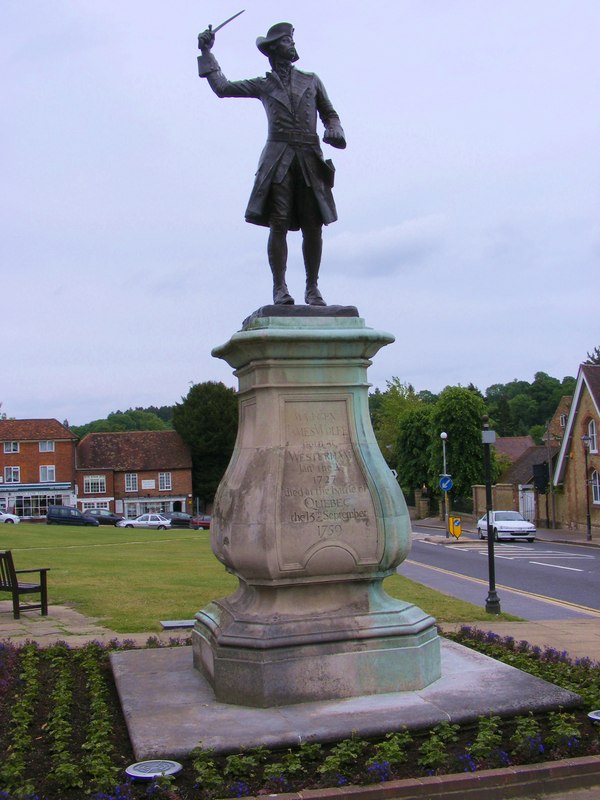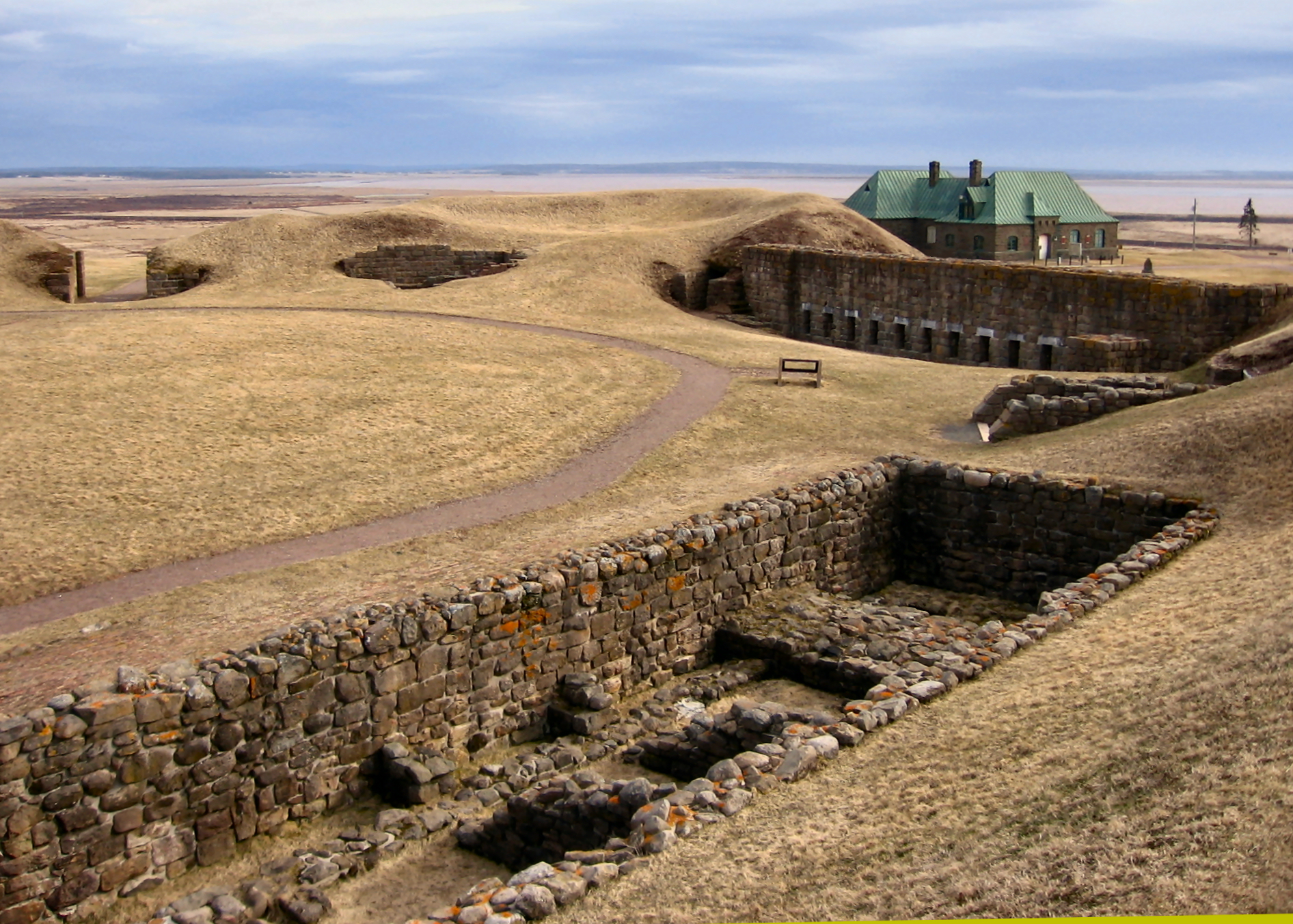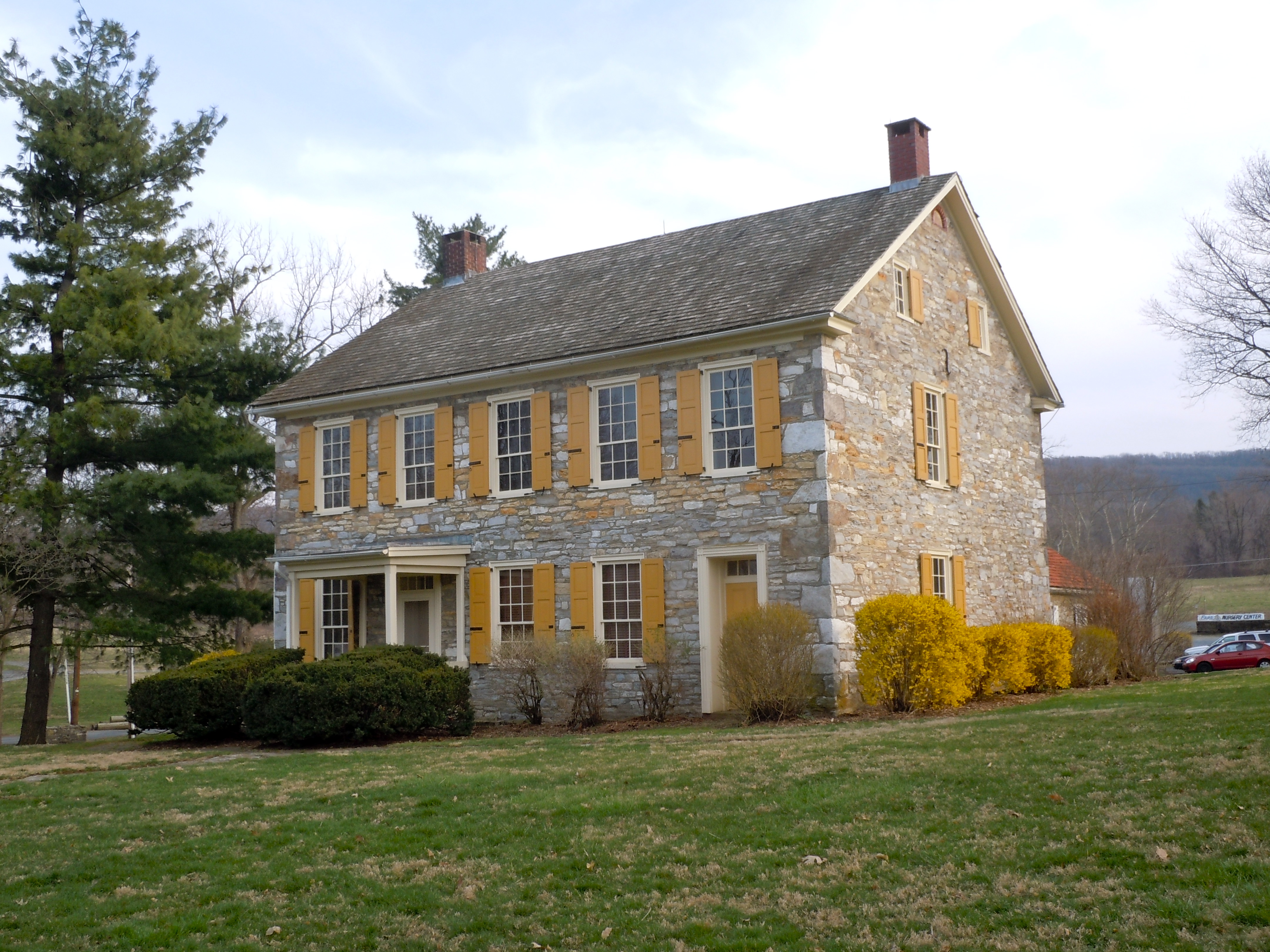|
Thomas Oswald (British Army Officer)
Thomas Oswald (born 1722), younger brother of James Oswald (younger) of Dunnikier, was a British Army officer in the 18th century, engaged in the War of the Austrian Succession and Seven Years' War. Family He was born in Kirkcaldy, Fife, in 1722, the son of James Oswald of Dunnikier (1685–1725) and Anne née Durie (1698–1762). His elder brother James, who inherited his father's estate of Dunnikier, was MP for Dysart Burghs and Fife between 1741 and 1768 and a Lord Commissioner of the Treasury.http://www.scotlandspeople.gov.uk/ entry for: births/baptisms, Old Parish Registers, Surname: Oswald, 1700-1730, Parent name 1: James, Parent name 2: Anne, County: FIFE Another brother, John, was Bishop of Raphoe.Dictionary Of National Biography, ed. Sidney Lee, Vol. LIII (Smith - Stanger), publ. Smith, Elder, & Co., 15 Waterloo Place, London, 1898; p. 3 (Adam Smith) His grandfathers were James Oswald (elder) of Dunnikier (1650–1716), MP for Dysart Burghs (1710–1715), and ... [...More Info...] [...Related Items...] OR: [Wikipedia] [Google] [Baidu] |
James Oswald (younger)
James Oswald (1715 – 24 March 1769) was a Scottish politician who sat in the House of Commons from 1741 to 1768. Oswald was the grandson of James Oswald a politician of Kirkcaldy, and son of James Oswald whom he succeeded in c.1725, inheriting his Kirkcaldy home, Dunnikier, now known as the Path House. His brother John was Bishop of Raphoe and another brother Thomas was an army officer.Dictionary Of National Biography, ed. Sidney Lee, Vol. LIII (Smith - Stanger), publ. Smith, Elder, & Co., 15 Waterloo Place, London, 1898; p. 3 (Adam Smith)http://www.scotlandspeople.gov.uk/ entry for: births/baptisms, Old Parish Registers, Surname: Oswald, 1700-1730, Parent name 1: James, Parent name 2: Anne, County: FIFE He was admitted at Lincoln's Inn in 1733. The Oswald family became the dominant force in Kirkcaldy politics in the 18th century and Dysart, the second largest burgh was controlled by the St. Clair interest. The combined Oswald and St. Clair influence often decided who ... [...More Info...] [...Related Items...] OR: [Wikipedia] [Google] [Baidu] |
John Campbell, 4th Earl Of Loudoun
General John Campbell, 4th Earl of Loudoun (5 May 1705 – 27 April 1782) was a Scottish nobleman and British army officer. Early career Born in Scotland two years before the creation of the Kingdom of Great Britain, in which his father Hugh Campbell, 3rd Earl of Loudoun was a significant figure, Campbell inherited his father's estates and peerages in 1731, becoming Lord Loudoun. He raised a regiment of infantry that took part in the Jacobite Rising of 1745 on the side of the Hanoverian government. The regiment consisted of twelve companies, with Loudoun as colonel and John Campbell (later 5th Duke of Argyll) as lieutenant-colonel. The regiment served in several different parts of Scotland; three of the twelve companies, raised in the south, were captured at Prestonpans. Eight companies, under the personal command of Lord Loudoun, were stationed in Inverness. Loudoun set out in February 1746 with this portion of his regiment and several of the Independent Companies in an ... [...More Info...] [...Related Items...] OR: [Wikipedia] [Google] [Baidu] |
Battle Of The Plains Of Abraham 2
A battle is an occurrence of combat in warfare between opposing military units of any number or size. A war usually consists of multiple battles. In general, a battle is a military engagement that is well defined in duration, area, and force commitment. An engagement with only limited commitment between the forces and without decisive results is sometimes called a skirmish. The word "battle" can also be used infrequently to refer to an entire operational campaign, although this usage greatly diverges from its conventional or customary meaning. Generally, the word "battle" is used for such campaigns if referring to a protracted combat encounter in which either one or both of the combatants had the same methods, resources, and strategic objectives throughout the encounter. Some prominent examples of this would be the Battle of the Atlantic, Battle of Britain, and Battle of Stalingrad, all in World War II. Wars and military campaigns are guided by military strategy, wher ... [...More Info...] [...Related Items...] OR: [Wikipedia] [Google] [Baidu] |
George Townshend, 1st Marquess Townshend
Field Marshal George Townshend, 1st Marquess Townshend, PC (28 February 172414 September 1807), known as The Viscount Townshend from 1764 to 1787, was a British soldier and politician. After serving at the Battle of Dettingen during the War of the Austrian Succession and the Battle of Culloden during the Jacobite Rising, Townshend took command of the British forces for the closing stages of the Battle of the Plains of Abraham during the Seven Years' War. He went on to be Lord Lieutenant of Ireland or Viceroy where he introduced measures aimed at increasing the size of Irish regiments, reducing corruption in Ireland and improving the Irish economy. In cooperation with Prime Minister North in London, he solidified governmental control over Ireland. He also served as Master-General of the Ordnance, first in the North Ministry and then in the Fox–North Coalition. Military career Early years Born the son of Charles Townshend, 3rd Viscount Townshend, and Audrey Etheldreda Towns ... [...More Info...] [...Related Items...] OR: [Wikipedia] [Google] [Baidu] |
Battle Of The Plains Of Abraham
The Battle of the Plains of Abraham, also known as the Battle of Quebec (french: Bataille des Plaines d'Abraham, Première bataille de Québec), was a pivotal battle in the Seven Years' War (referred to as the French and Indian War to describe the North American theatre). The battle, which began on 13 September 1759, was fought on a plateau by the British Army and Royal Navy against the French Army, just outside the walls of Quebec City on land that was originally owned by a farmer named Abraham Martin, hence the name of the battle. The battle involved fewer than 10,000 troops in total, but proved to be a deciding moment in the conflict between France and Britain over the fate of New France, influencing the later creation of Canada. The culmination of a three-month siege by the British, the battle lasted about an hour. British troops commanded by General James Wolfe successfully resisted the column advance of French troops and Canadian militia under General Louis-Joseph, Marq ... [...More Info...] [...Related Items...] OR: [Wikipedia] [Google] [Baidu] |
James Wolfe
James Wolfe (2 January 1727 – 13 September 1759) was a British Army officer known for his training reforms and, as a Major-general (United Kingdom), major general, remembered chiefly for his victory in 1759 over the Kingdom of France, French at the Battle of the Plains of Abraham in Quebec. The son of a distinguished general, Edward Wolfe, he received his first commission at a young age and saw extensive service in Europe during the War of the Austrian Succession. His service in Flanders and in Scotland, where he took part in the suppression of the Jacobite Rebellion (1745), Jacobite Rebellion, brought him to the attention of his superiors. The advancement of his career was halted by the Treaty of Aix-la-Chapelle (1748), Peace Treaty of 1748 and he spent much of the next eight years on garrison duty in the Scottish Highlands. Already a brigade major at the age of 18, he was a lieutenant-colonel by 23. The outbreak of the Seven Years' War in 1756 offered Wolfe fresh opportun ... [...More Info...] [...Related Items...] OR: [Wikipedia] [Google] [Baidu] |
Acadia
Acadia (french: link=no, Acadie) was a colony of New France in northeastern North America which included parts of what are now the Maritime provinces, the Gaspé Peninsula and Maine to the Kennebec River. During much of the 17th and early 18th centuries, Norridgewock on the Kennebec River and Castine at the end of the Penobscot River were the southernmost settlements of Acadia. The French government specified land bordering the Atlantic coast, roughly between the 40th and 46th parallels. It was eventually divided into British colonies. The population of Acadia included the various indigenous First Nations that comprised the Wabanaki Confederacy, the Acadian people and other French settlers. The first capital of Acadia was established in 1605 as Port-Royal. An English force from Virginia attacked and burned down the town in 1613, but it was later rebuilt nearby, where it remained the longest-serving capital of French Acadia until the British siege of Port Royal in 17 ... [...More Info...] [...Related Items...] OR: [Wikipedia] [Google] [Baidu] |
Robert Monckton
Lieutenant-General Robert Monckton (24 June 1726 – 21 May 1782) was an officer of the British Army and colonial administrator in British North America. He had a distinguished military and political career, being second in command to General James Wolfe at the battle of Quebec and later being named the Governor of the Province of New York. Monckton is also remembered for his role in a number of other important events in the French and Indian War (the North American theatre of the Seven Years' War), most notably the capture of Fort Beauséjour in Acadia, and the island of Martinique in the West Indies, as well as for his role in the deportation of the Acadians from British controlled Nova Scotia and also from French-controlled Acadia (present-day New Brunswick). The city of Moncton, New Brunswick, (about west of Fort Beauséjour) and Fort Monckton in Port Elgin, New Brunswick, are named for him. A second more important Fort Monckton in Portsmouth, England, is also named for him ... [...More Info...] [...Related Items...] OR: [Wikipedia] [Google] [Baidu] |
Quebec City
Quebec City ( or ; french: Ville de Québec), officially Québec (), is the capital city of the Provinces and territories of Canada, Canadian province of Quebec. As of July 2021, the city had a population of 549,459, and the Communauté métropolitaine de Québec, metropolitan area had a population of 839,311. It is the eleventhList of the largest municipalities in Canada by population, -largest city and the seventhList of census metropolitan areas and agglomerations in Canada, -largest metropolitan area in Canada. It is also the List of towns in Quebec, second-largest city in the province after Montreal. It has a humid continental climate with warm summers coupled with cold and snowy winters. The Algonquian people had originally named the area , an Algonquin language, AlgonquinThe Algonquin language is a distinct language of the Algonquian languages, Algonquian language family, and is not a misspelling. word meaning "where the river narrows", because the Saint Lawrence River na ... [...More Info...] [...Related Items...] OR: [Wikipedia] [Google] [Baidu] |
Siege Of Louisbourg (1758)
The siege of Louisbourg was a pivotal operation of the Seven Years' War (known in the United States as the French and Indian War) in 1758 that ended the French colonial era in Atlantic Canada and led to the subsequent British campaign to capture Quebec in 1759 and the remainder of French North America the following year. Background The British government realized that with the Fortress of Louisbourg under French control, the Royal Navy could not sail up the St. Lawrence River unmolested for an attack on Quebec. After an expedition against Louisbourg in 1757 led by Lord Loudon was turned back due to a strong French naval deployment, the British under the leadership of William Pitt resolved to try again with new commanders. Pitt assigned the task of capturing the fortress to Major General Jeffery Amherst. Amherst's brigadiers were Charles Lawrence, James Wolfe and Edward Whitmore, and command of naval operations was assigned to Admiral Edward Boscawen. The chief engineer w ... [...More Info...] [...Related Items...] OR: [Wikipedia] [Google] [Baidu] |
Conrad Weiser
Conrad Weiser (November 2, 1696 – July 13, 1760), born Johann Conrad Weiser, Jr., was a Pennsylvania Dutch (German) pioneer who served as an interpreter and diplomat between the Pennsylvania Colony and Native American nations. Primarily a farmer, he also worked as a tanner, and later served as a soldier and judge. He lived part of the time for six years at Ephrata Cloister, a Protestant monastic community in Lancaster County. As an emissary in councils between Native Americans and the colonies, especially Pennsylvania, during the late 18th century's tensions of the French and Indian War (Seven Years' War), he contributed to alliances that supported the British effort. Early years Conrad Weiser was born in 1696 in the small village of Affstätt in Herrenberg, in the Duchy of Württemberg (now in Baden-Württemberg, Germany), where his father ( Johann Conrad Weiser Sr.) was stationed as a member of the Württemberg Blue Dragoons. Soon after Conrad's birth, his father was dis ... [...More Info...] [...Related Items...] OR: [Wikipedia] [Google] [Baidu] |
French And Indian War
The French and Indian War (1754–1763) was a theater of the Seven Years' War, which pitted the North American colonies of the British Empire against those of the French, each side being supported by various Native American tribes. At the start of the war, the French colonies had a population of roughly 60,000 settlers, compared with 2 million in the British colonies. The outnumbered French particularly depended on their native allies. Two years into the French and Indian War, in 1756, Great Britain declared war on France, beginning the worldwide Seven Years' War. Many view the French and Indian War as being merely the American theater of this conflict; however, in the United States the French and Indian War is viewed as a singular conflict which was not associated with any European war. French Canadians call it the ('War of the Conquest').: 1756–1763 The British colonists were supported at various times by the Iroquois, Catawba, and Cherokee tribes, and the French ... [...More Info...] [...Related Items...] OR: [Wikipedia] [Google] [Baidu] |








